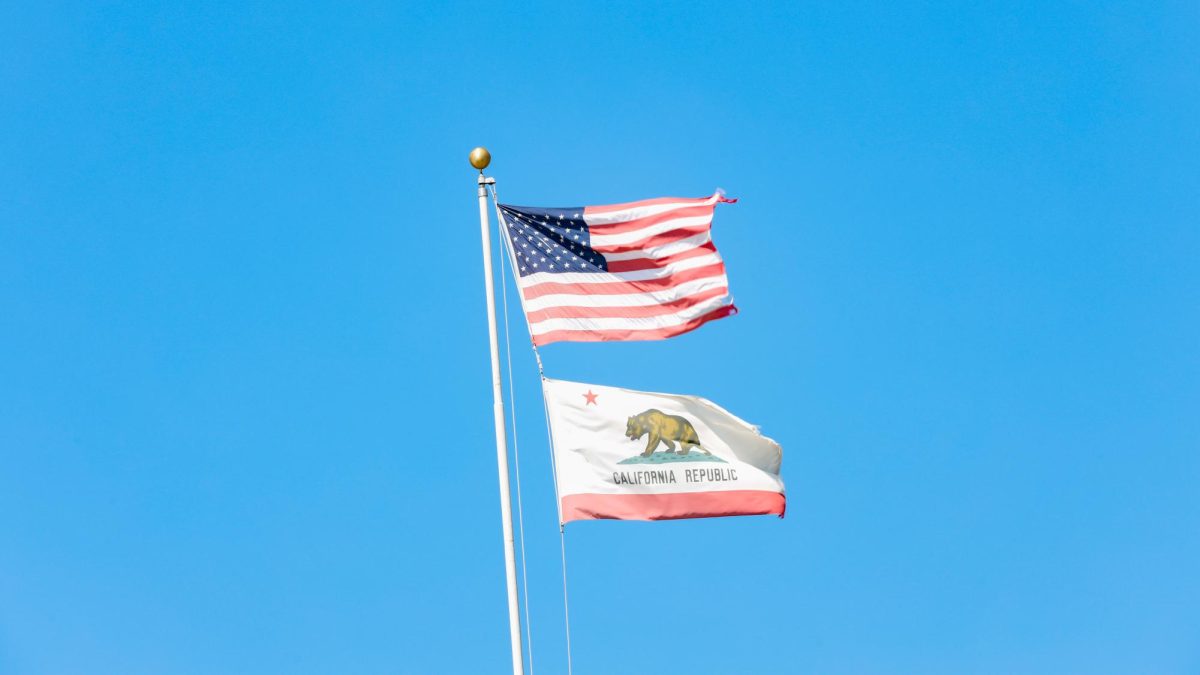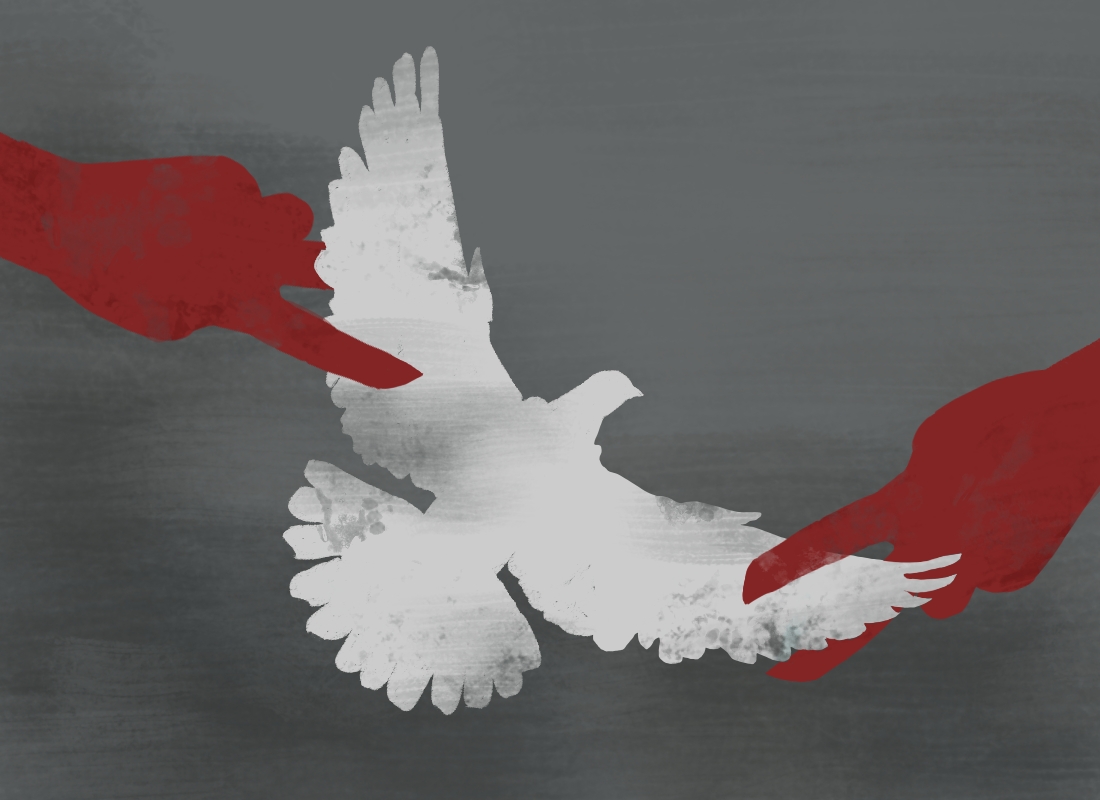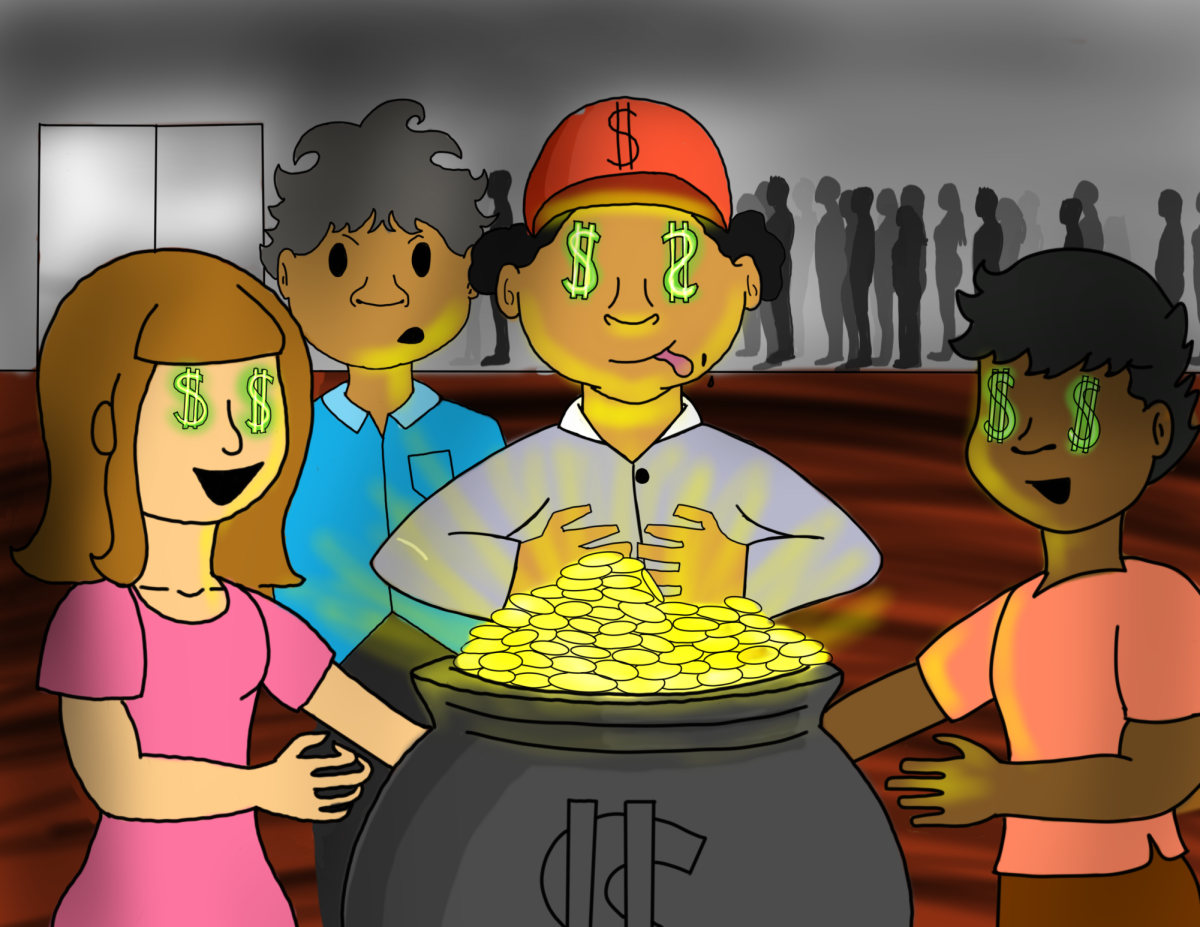With another fantasy baseball season just around the corner, I have been given the opportunity to join more than one league.
While fantasy baseball, to me, is not as invigorating as fantasy football, baseball has always been the sport I look forward to in February and March.
Although fantasy baseball does not provide the same intrigue fantasy football does, it still gives me the chance to look other teams than the Atlanta Braves.
What fantasy baseball does for me is that it gives me the opportunity to see the talent on other teams aside from just the Braves.
Over the past few years, I have been extremely attentive to teams such as the Minnesota Twins, the Boston Red Sox, the Oakland Athletic, and multiple others.
You have a roster full of players from random teams, and you want to see how those players perform on a day-to-day basis.
While many of the fantasy baseball players enjoy the daily chore of readjusting their lineup, I am more content with the fantasy football setup, letting a few days go by before having to change my lineup, as football teams play once a week over a 17-week season while baseball teams play 5-6 times per week over the course of a 162-game season.
For those of you who are unaware of how fantasy sports work, here is a brief overview.
Everything is performance- based. It separates the player from the rest of the team, not counting wins and losses, but acknowledging personal stats.
In football, for example, the better a quarterback does throwing touchdowns and not throwing interceptions, the better his fantasy stats are.
In baseball, the better a hitter does in getting on base rather than getting out helps his fantasy stats.
Although it may sound complicated, if you are familiar with the sport you wish to participate in, the more of a grasp you will have on the fantasy aspect.
My first season of fantasy football was a learning experience.
I always had the mentality that you took the players you thought were the best, not the players you didn’t like.
So my first season, I took players who were solid on the field, but their stats weren’t those a seasoned veteran in fantasy sports would have drafted.
Instead of taking a running back such as LaDainian Tomlinson (San Diego Chargers) or Priest Holmes (Kansas City Chiefs), I chose to go with a personal favorite and stick with Mike Alstott (now retired, formerly a Tampa Bay Buccaneer).
After becoming more aware of how the system worked in that first season, I understood how fantasy sports worked.
Regardless of how much you do not like a certain player (for me, Peyton Manning), that player may just be the one to get you to the top of the league.
When draft day comes around for fantasy baseball, I have to throw away my hatred toward the New York Yankees and New York Mets, knowing that regardless of my despise for those teams, they have solid players who could bolster my lineup for the entire season.
To the rest of you fantasy gamers, good luck.
We all know how one season can be miserable and another great.
For those who still do not understand how it works, join a league and see if you like it.
If for some reason you do not enjoy it, you can at least say you tried.
It is not as difficult as it sounds, but it does require some time devoted to it.








